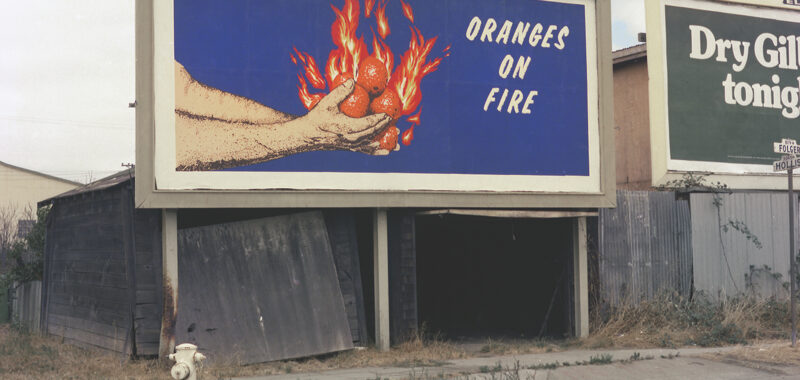“I grew up in a house full of paintings and books,” Jonathan Lethem writes in his introduction to Cellophane Bricks: A Life in Visual Culture (2024). “My father made the paintings and my mother handed me the books.” From that artistic-literary background, Lethem went on to become an acclaimed novelist, essayist, and short story writer — and, as the texts in this book demonstrate, an out-of-the-ordinary aficionado of art.
The “Fictions of Art” section of the book, the first of five, features examples of Lethem writing parallel to, rather than directly about, an artist’s work. “I couldn’t do art writing, or perhaps I wanted to invent another version of what art writing would be,” he explains, “so, I wrote what I always wrote: scenes and situations and voices, characters and set pieces, sprung from my response to the art.”
The resulting text is not ekphrastic writing, nor is it the kind of straightforward fiction of the kind Ann Patchett, Louise Erdrich, Richard Russo, and company penned in response to Linden Frederick’s dark paintings of Maine. Lethem’s piece on Fred Tomaselli, for example, takes the form of a letter to a friend describing a visit to the artist’s studio in Brooklyn. In the course of relating their interactions, he does offer some critical reading. “His work is celebratory,” Lethem states, “and I find it explosively happy even when the drugs or some of the other imagery takes on a somewhat ominous overtone.” But the rest of the piece is more entertaining than incisive, an account of their day in Williamsburg that includes lunch at Peter Luger’s.

Lethem’s texts are often wonderfully absurdist, echoing his fiction, such as his surreal detective story, Gun, With Occasional Music (1994). In an homage to Perry Hoberman, a new media artist who often incorporates machines in his installations, he offers a series of droll vignettes. Here’s one: “You call Missing Persons, and get your own answering machine. You wait to leave a message, but the beep never comes. The beep never comes. The beep never comes. Beep.” This amusing bit of farce aligns with Hoberman’s focus on people and technology.
Part of the pleasure of this collection is the diversity of art practices Lethem covers. In one section he pays tribute to graffiti, which, he writes, “inserts itself like the blade of a knife between creation and destruction, between publicity and furtiveness, between word and image, cartoon, icon and hieroglyph” — an eloquent way to describe this fugitive art form. He also highlights his love of comics and cartoons, “objectified books,” and the Italian verbo-visual artist Mirella Bentivoglio’s stone typewriter, among many other subjects.
The collection ends with two essays related to the author’s father. In the first, “My Father Has Started a Painting” (which also serves as the foreword to a new book of Richard Brown Lethem’s poems, Roots, Stones & Baggage (2023)), he shares memories of how the aforementioned childhood household with its studio and library shaped his worldview.
Lethem admits up front to suffering some artist envy. “I’m sure I’m not the first writer,” he muses, “to yearn for the seemingly more grounded and absolute situation of the painter or sculptor, who dwells in what looks to be an enviable realm of craft, routine, and expertise.” As a once-upon-a-time painter himself, in identifying with visual artists, Lethem is “searching for a lost self,” as he puts it. With this collection of sundry tributes to painters, sculptors, and the like, he is well on his way to finding it.
Cellophane Bricks: A Life in Visual Culture (2024) by Jonathan Lethem, published by ZE Books, is available for purchase online and in bookstores.

